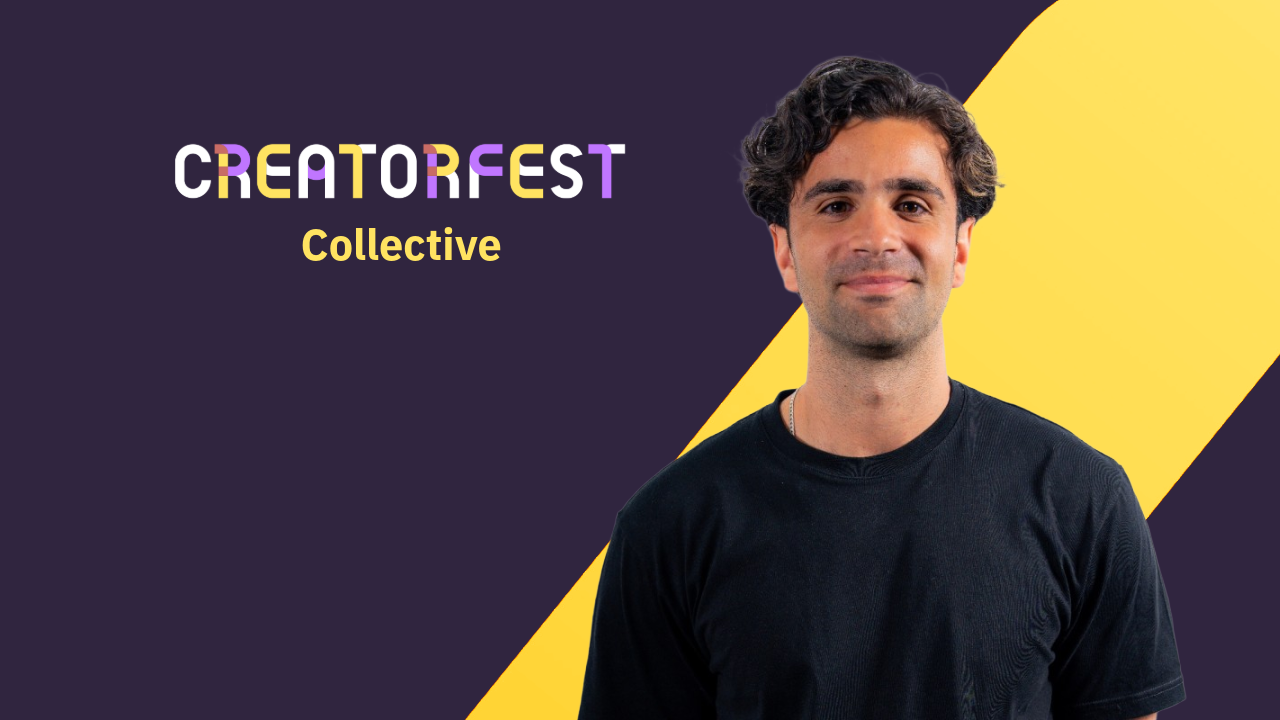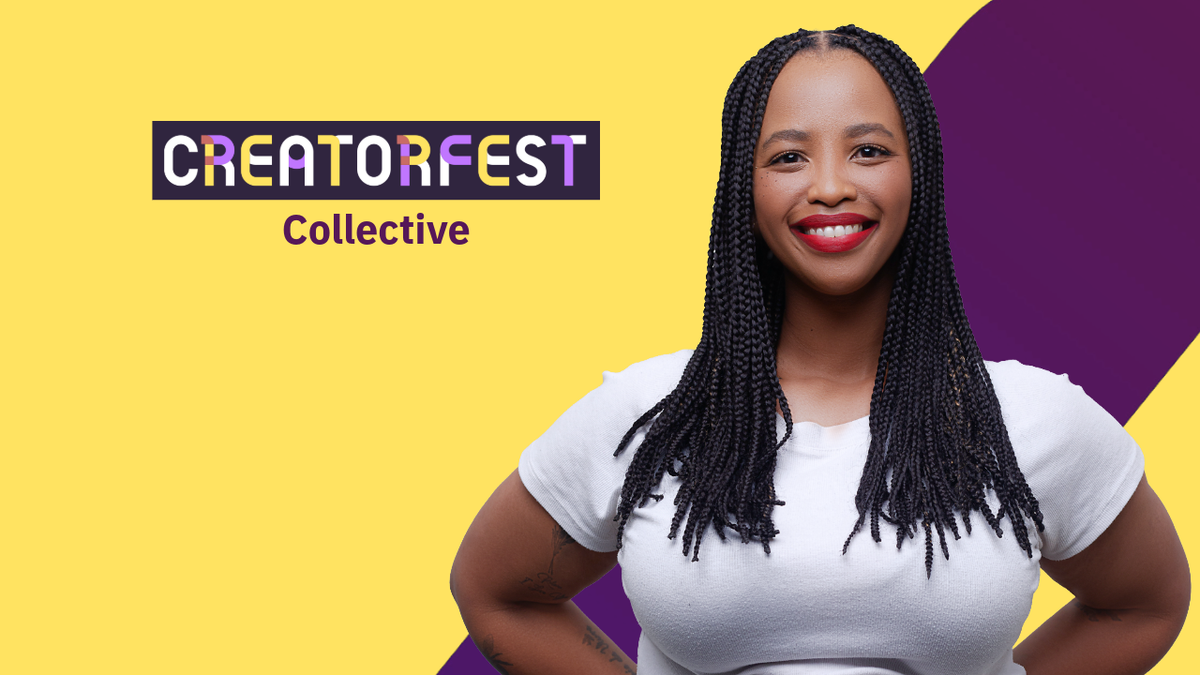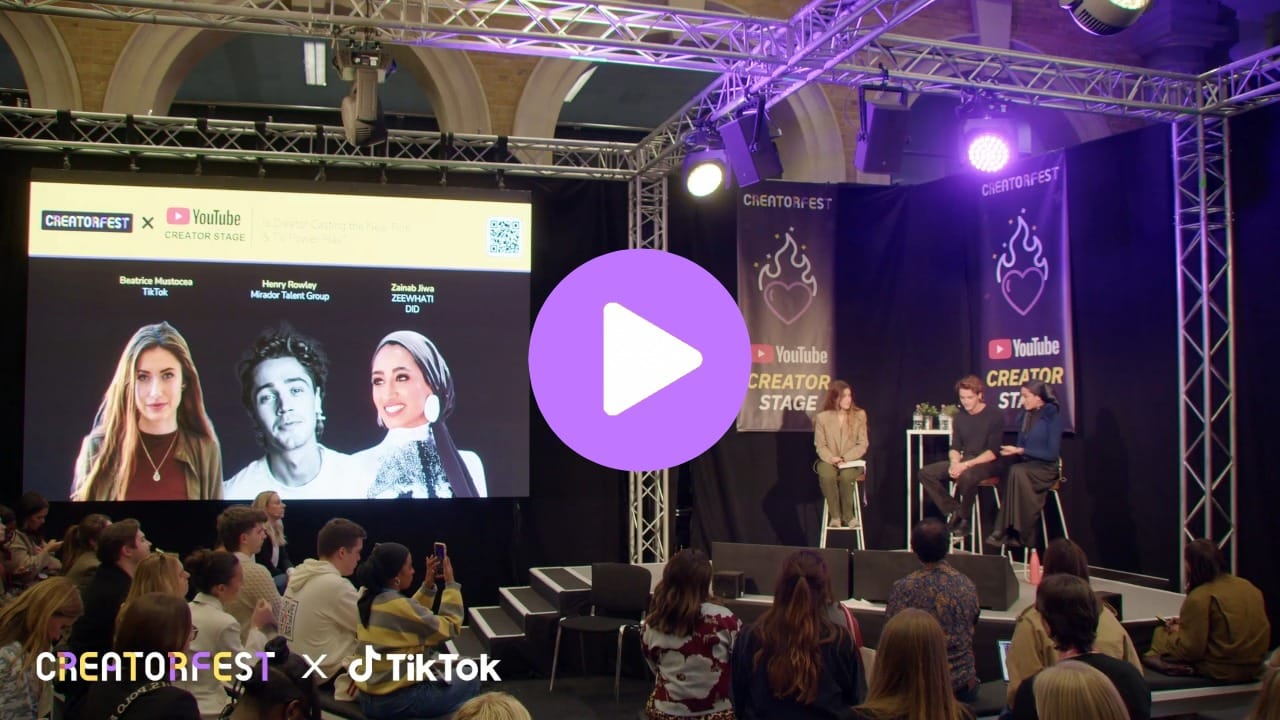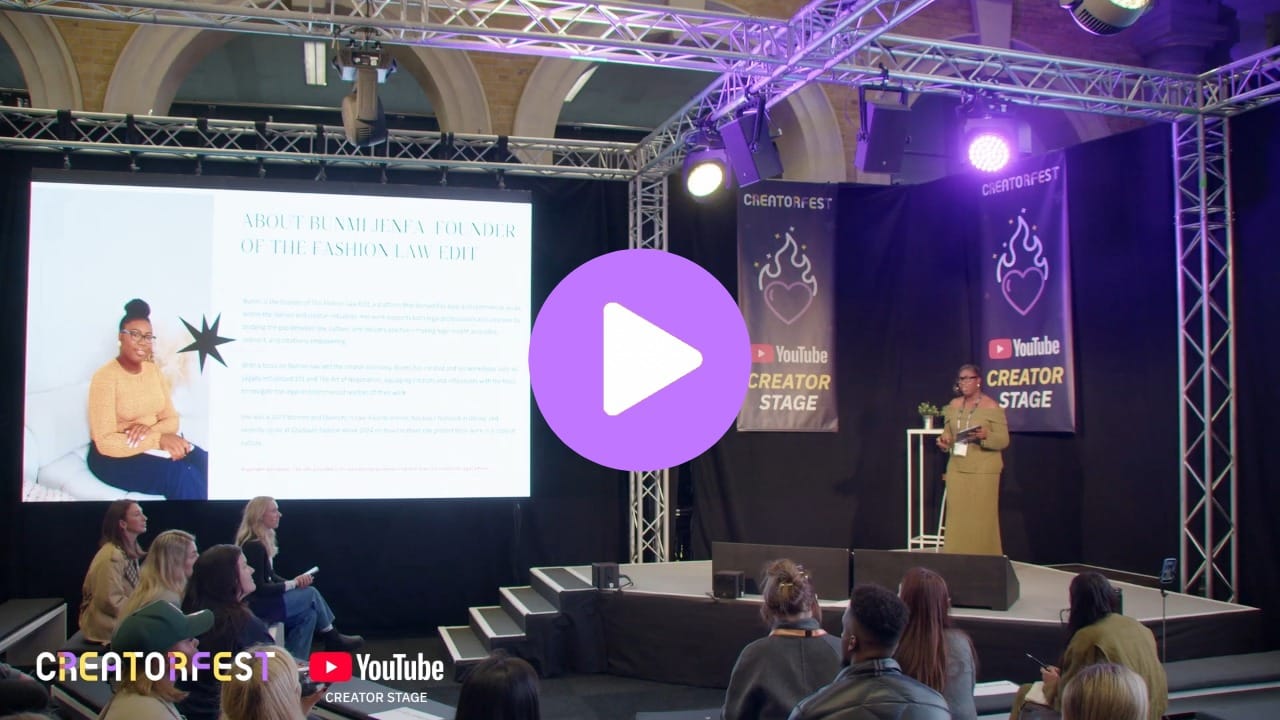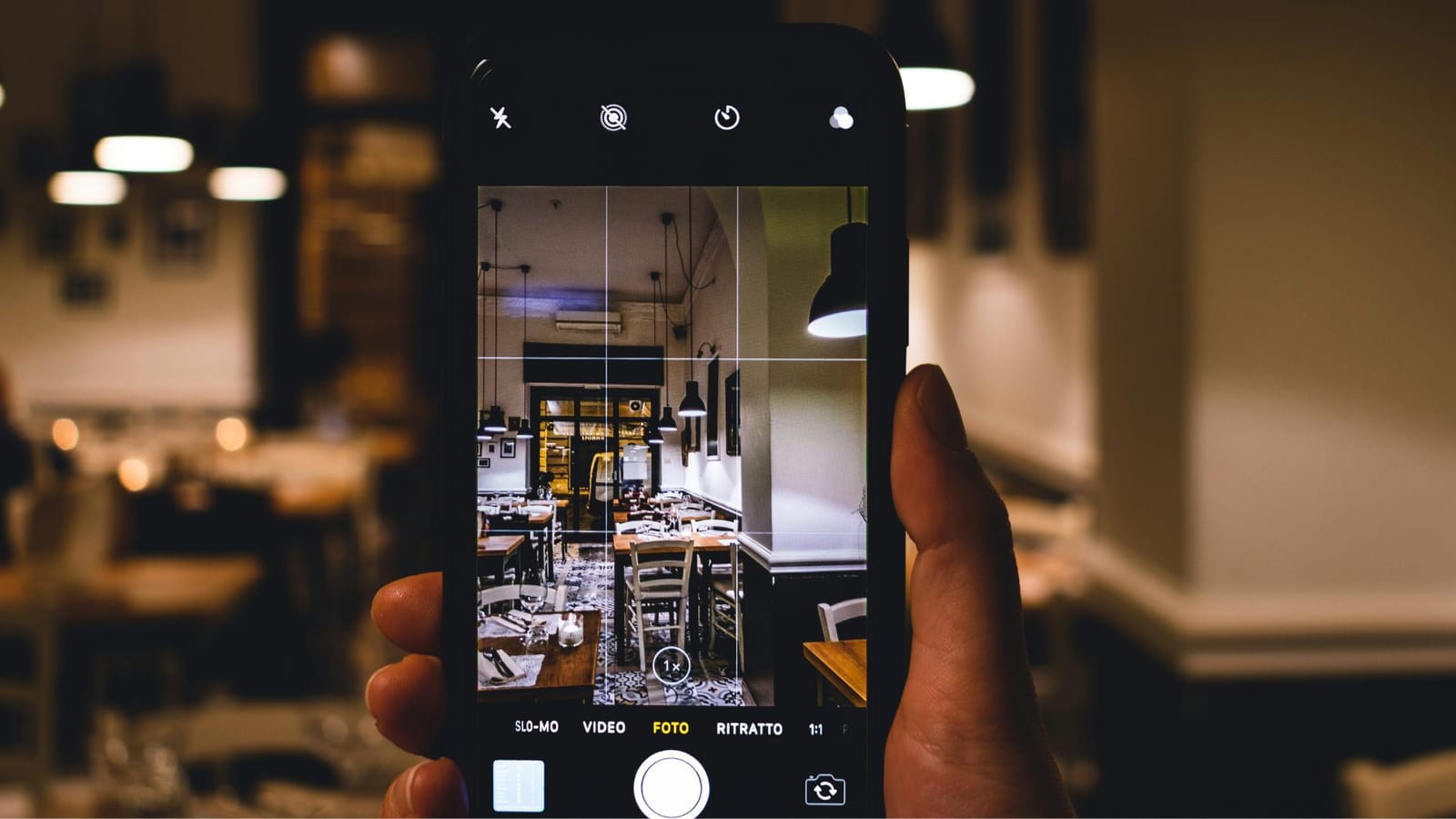Artificial Intelligence has officially entered short-form social media, and it is changing everything.
In the past few weeks, OpenAI’s Sora and Meta’s Vibes have redefined what it means to create online. Both tools allow users to generate hyper-realistic short-form videos that look as if they were filmed by professional teams.
No cameras. No crews. No humans. Just prompts and pixels.
For the first time, creators are competing not just with each other, but with machines.
AI Enters the Feed
Sora is OpenAI’s text-to-video model that can turn simple prompts into lifelike clips. Meta’s Vibes works similarly, generating cinematic videos designed for TikTok and Reels. The result is content that feels seamless, fast, and almost too real.
The reaction online has been immediate. Feeds are starting to fill with AI-generated clips that look entirely believable. What once felt experimental now looks ready for mainstream entertainment.
Brands Begin to Experiment
Brands have wasted no time testing the potential. During the NBA Finals, Kalshi ran a fully AI-generated advert.
Then Jake Paul duetted with an AI version of himself in a Celsius campaign that exploded across TikTok, surpassing 15 million views. Shortly after, he revealed that he is an OpenAI investor, has been advising the Sora team this year, and has become the first celebrity NIL cameo user, allowing brands to license his AI likeness for future campaigns.
It is a major move that blurs the line between creator, brand, and technology partner.
Creators Push Back
Not everyone is celebrating. Many creators are growing anxious about what happens when brands can rely on AI instead of them.
As marketing executive Lauren Douglass told Digiday, “These AI creators create unfair competition for real human creators and make it easier for brands to choose a safer alternative.”
Lower costs. No PR scandals. No missed deadlines.
Even MrBeast has voiced concern, saying, “When AI videos are just as good as normal videos, what will that do to YouTube? Scary times.”
It is a sentiment being echoed across the creator community as people begin to question what authenticity will mean in an AI-driven landscape.
Attention vs Authenticity
AI can capture attention better than ever. It can mimic tone, humour, and style. It can produce endless streams of content in seconds.
But it still cannot replicate authenticity.
Audiences follow people, not pixels. Real connection cannot be automated. That is where the divide in the creator economy will form.
Cheap reach through AI-generated influencers or genuine trust built by real creators.
My Take
AI is not the end of the creator economy. It is the start of a new phase.
The tools will empower people to create faster and at a higher quality than ever before. But the creators who will truly stand out are the ones who stay human.
Their voice. Their perspective. Their authenticity.
Because when everything can be faked, being real is what will matter most.
If this conversation resonated, imagine the energy of being in the room with hundreds of creators, brands, and industry leaders all tackling the same challenges together. At CreatorFest you’re not just listening - you’re part of the community shaping what comes next.
Don't miss your chance to join the movement.


